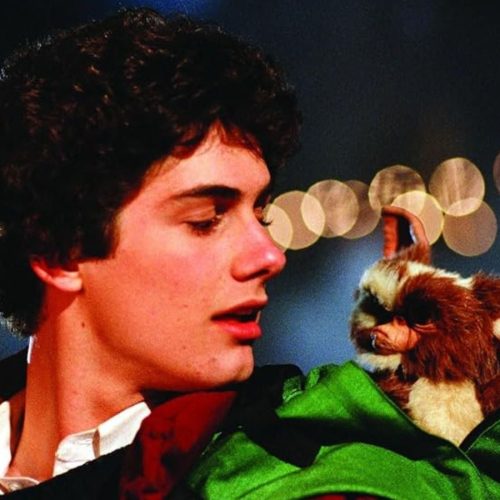White savior movies are made all too often, showing the white characters helping minorities to achieve what they supposedly can’t themselves. As you would expect, they pose a massive problem for diversity in Hollywood, perpetuating harmful stereotypes and suggesting these groups need “saving” in some way. Here are some of the worst examples of this trope that should never have been made.
Radio
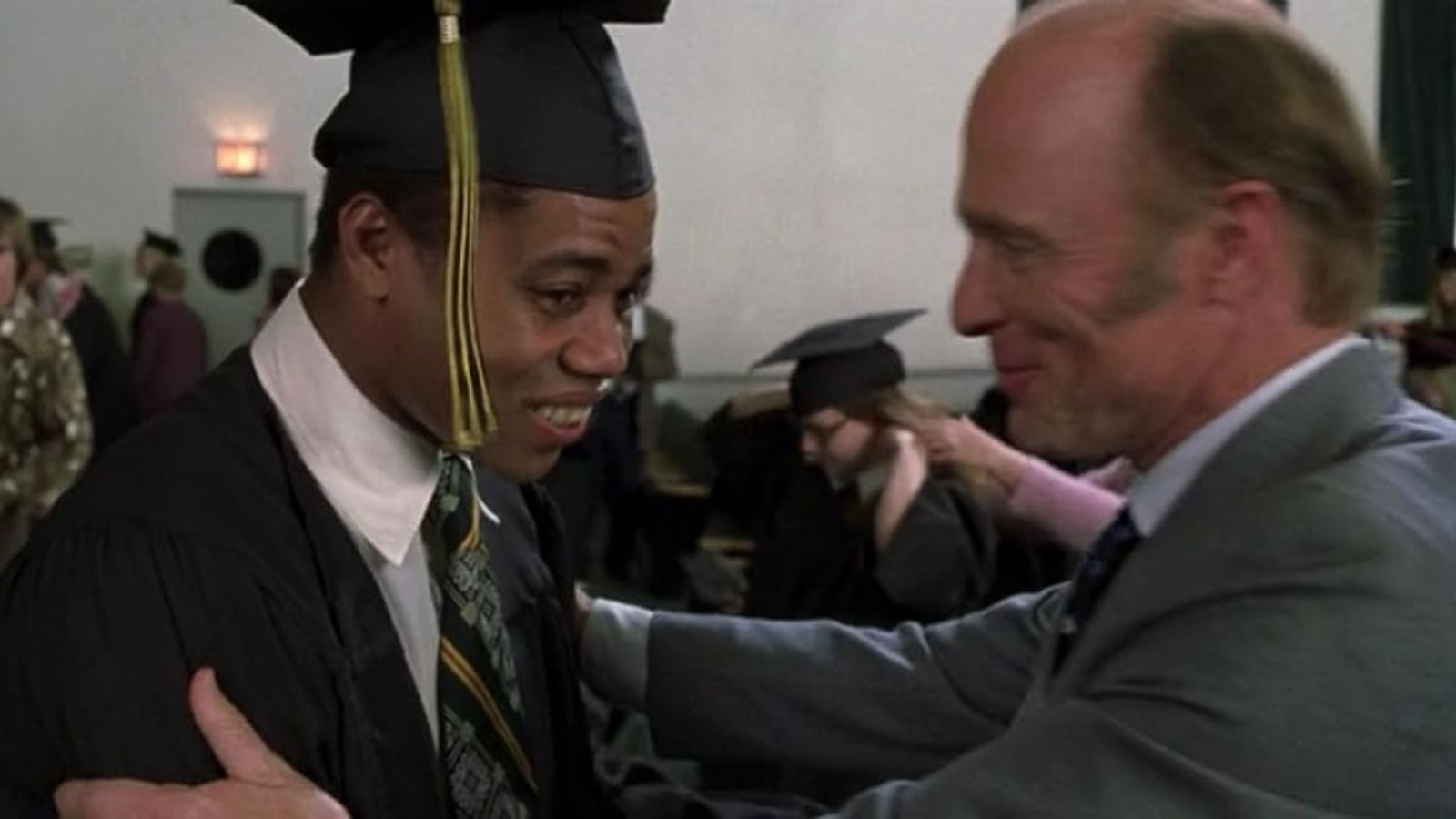
Nicknamed Radio, James Robert Kennedy (Cuba Gooding Jr.) is a young African American with intellectual disabilities who is a mentor to a white football coach. The movie manages to be patronizing to both Black people and those with intellectual disabilities, treating Radio as a mascot or “pet” throughout the story.
Dances with Wolves
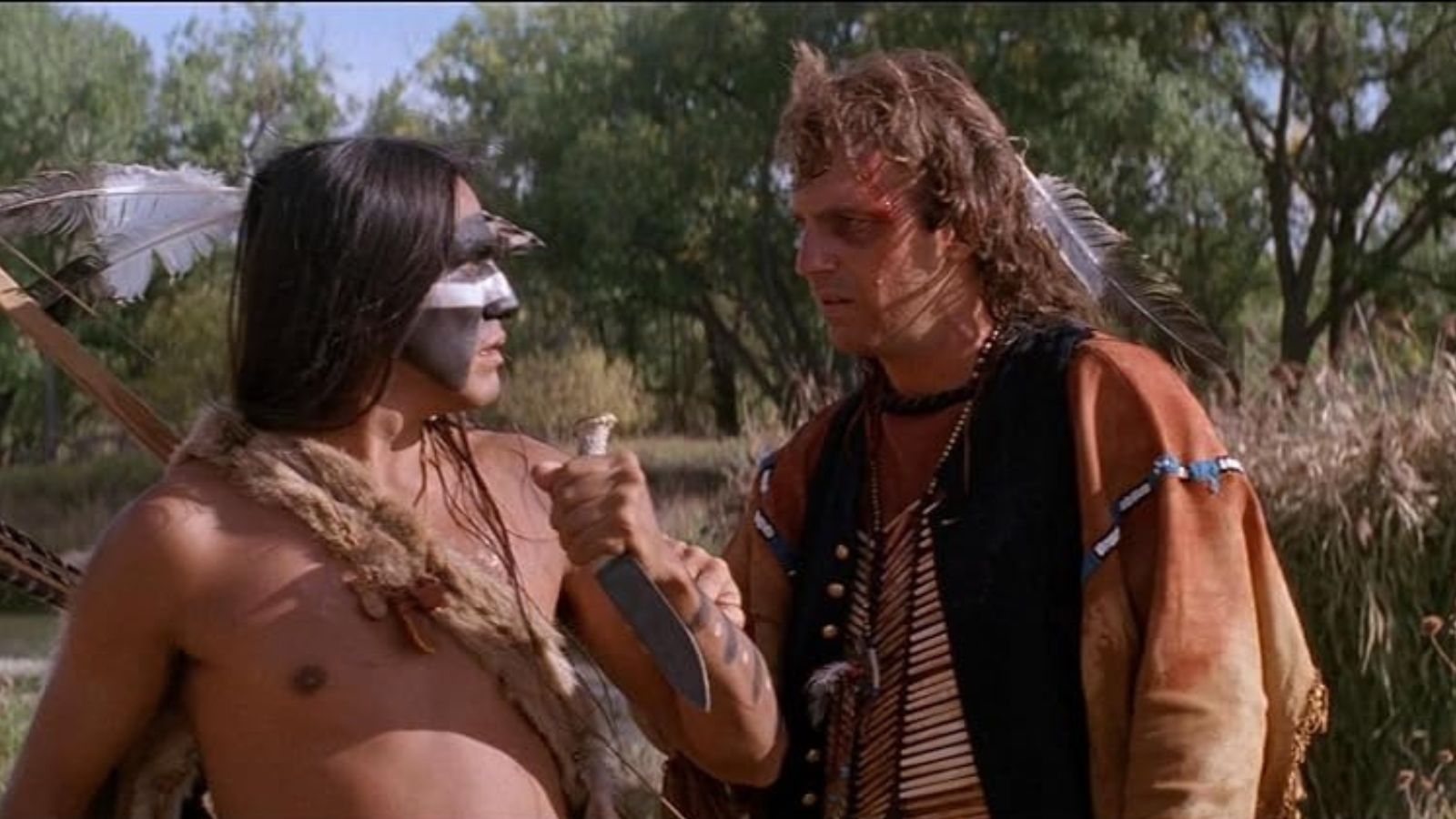
When soldier John J. Dunbar (Kevin Costner) travels to an American frontier in the 1860s, he encounters a Sioux tribe. Although they are initially hostile, he soon wins their respect and is accepted into their community. The movie was popular and praised by some Lakota Sioux members. In contrast, others criticized its poor use of the Lakota language and white savior plot, where Dunbar becomes the tribe’s primary protector.
Avatar
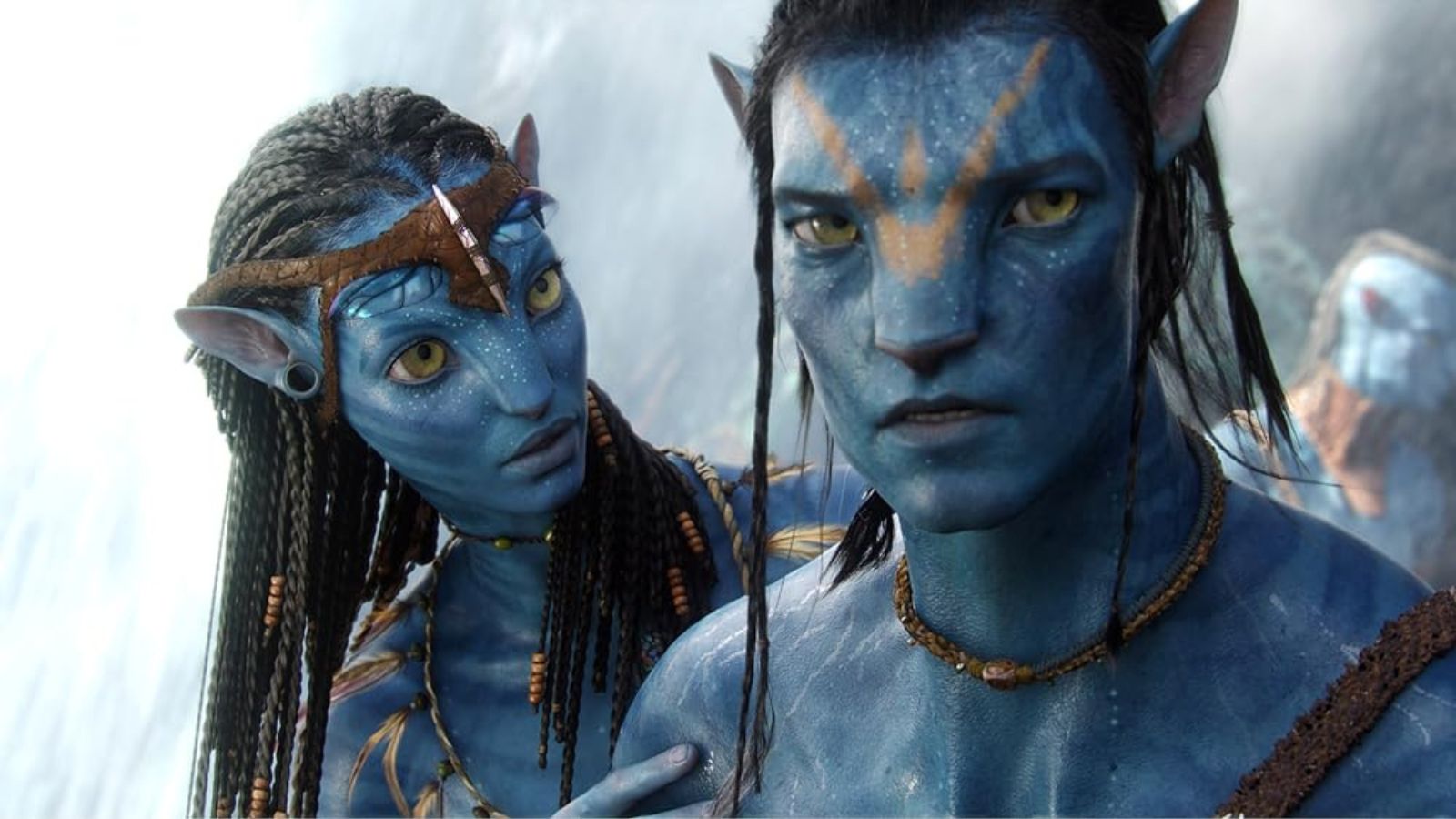
James Cameron’s sci-fi epic tells the story of the Na’vi race on Pandora. Despite being skilled warriors and depicted as highly intelligent, the Na’vi remain helpless until a white Marine arrives to lead them into battle, taking care of the “thinking” part.
The Help

The Help tries to get the message right by depicting the abuse and discrimination that African American maids face on a day-to-day basis. Unfortunately, the catalyst for change is shown as a white woman writing about their plight, with the maids themselves being bystanders to the campaigning. Additionally, it has been criticized for trivializing the abuse and experiences of Black domestic workers.
Dangerous Minds
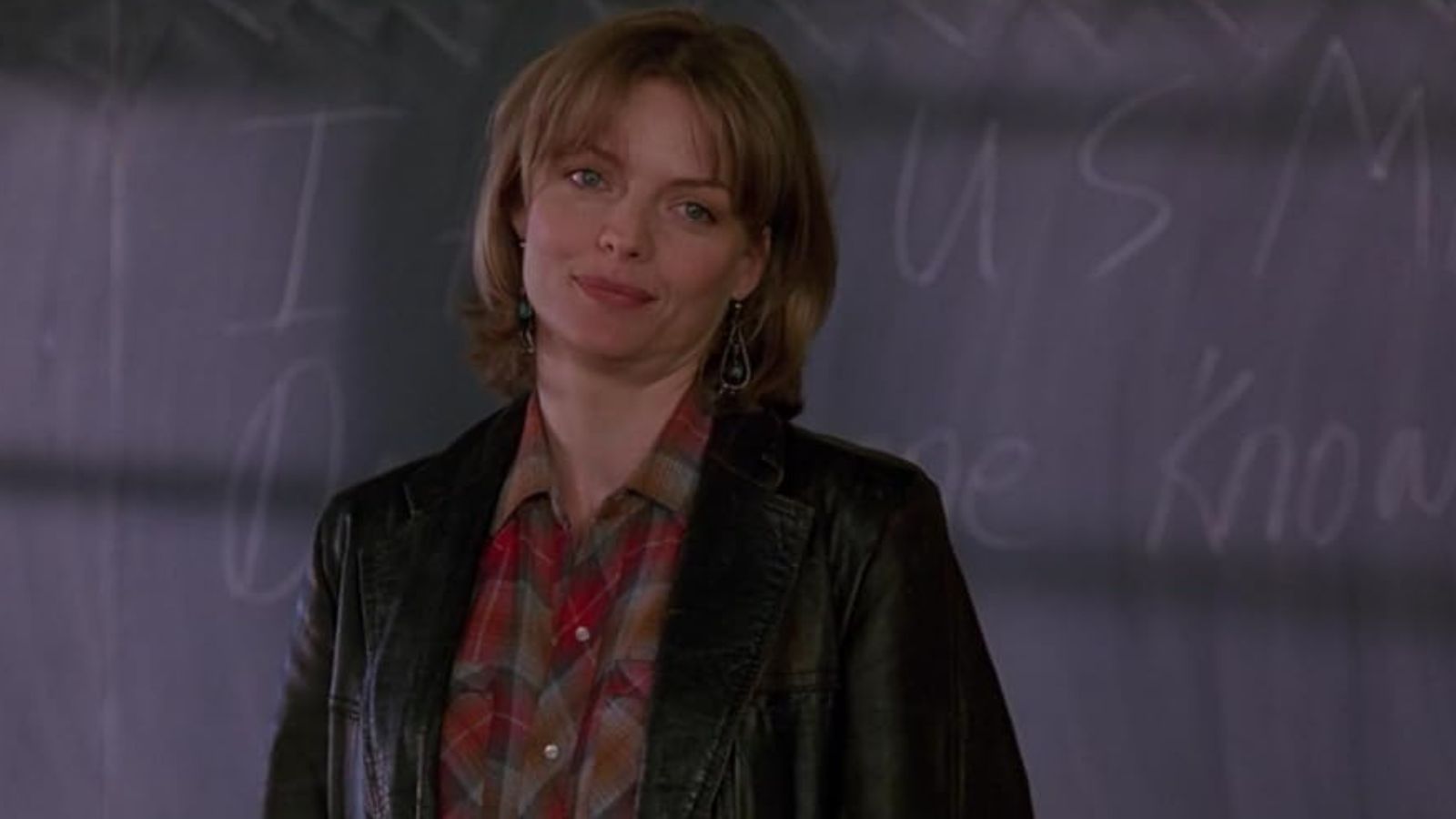
The 1995 drama movie Dangerous Minds tells the story of a white ex-Marine, LouAnne Johnson (Michelle Pfeiffer), who gets a new job teaching in a high school. The class is mostly made up of ethnic minorities who, while initially disliking LouAnne, quickly come to love her as she turns their lives around, fitting the white savior mold.
The Last Samurai
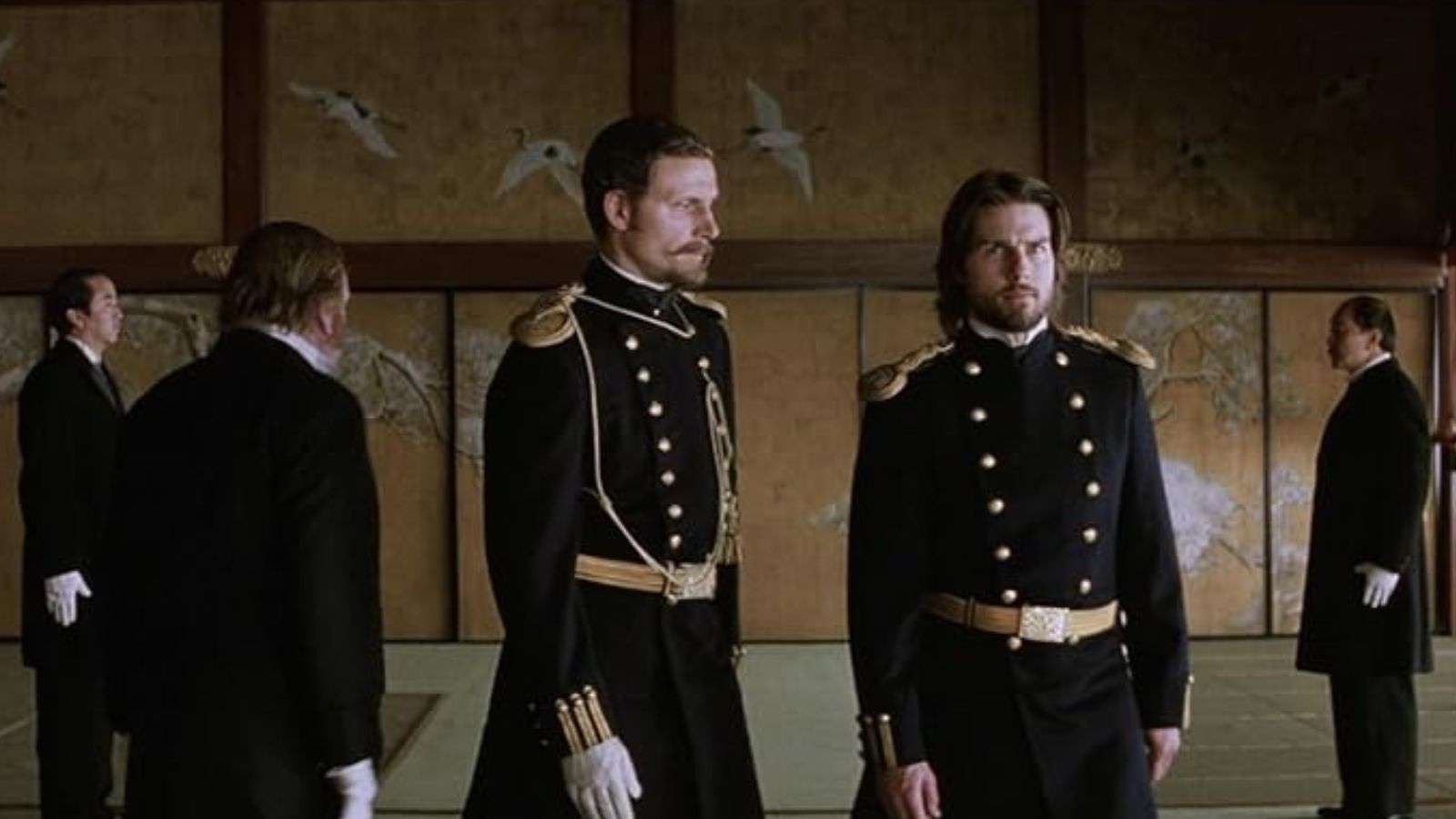
Starring Tom Cruise as Nathan Algren, an American army captain disillusioned by their methods, The Last Samurai sees him joining up with samurai warriors. He quickly grows close to them and is accepted as one of them. When Moritsugu Katsumoto (Ken Watanabe) contemplates seppuku, Algren convinces him to fight back, and later on, he speaks to the emperor on his behalf.
The Blind Side
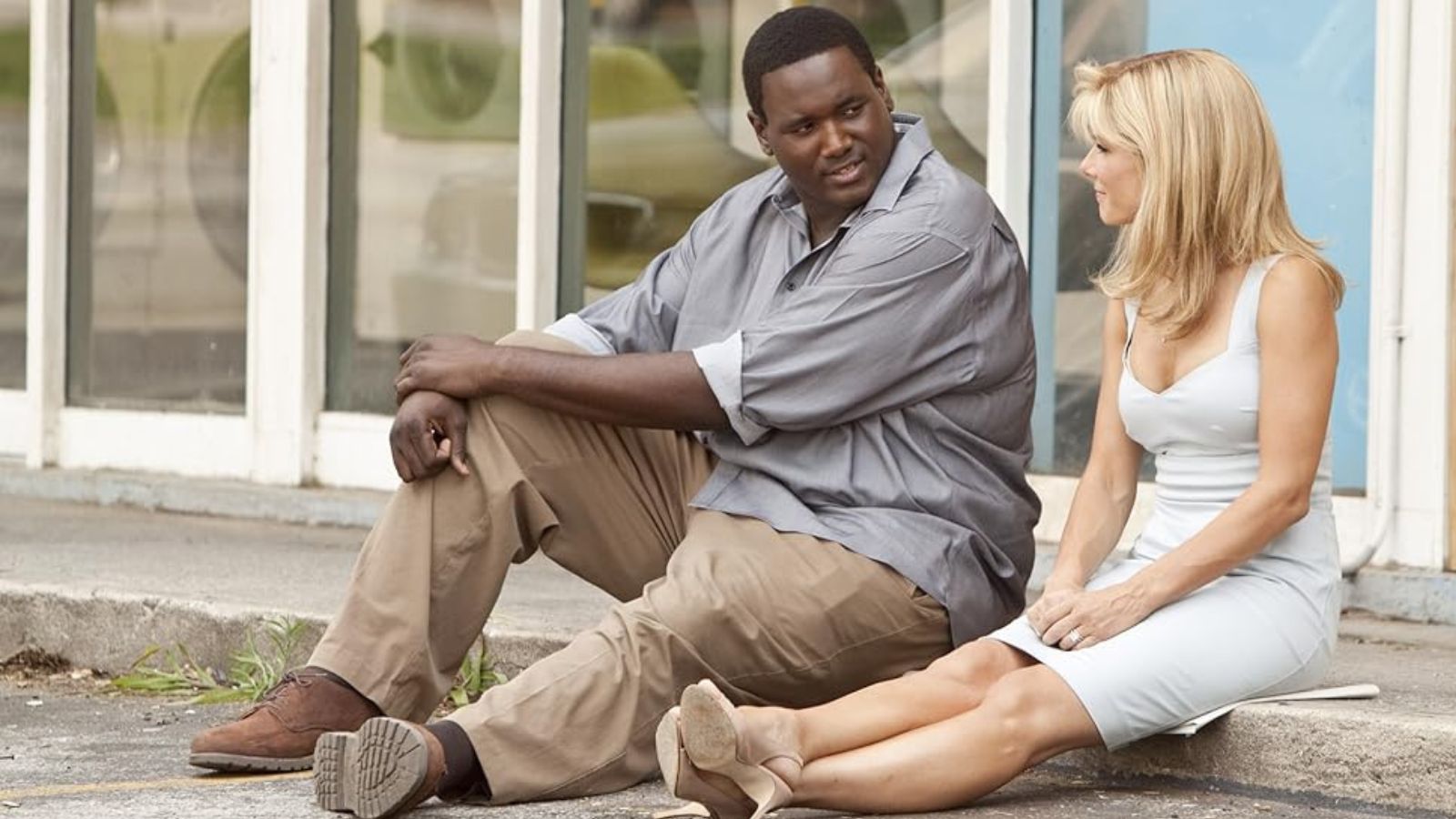
The movie of the same name is a sports drama based on the book The Blind Side. It focuses on Michael Oher (Quinton Aaron), a foster child who a white family takes in. Seeing his potential, they enroll him in a school with a good American football program, where he quickly becomes successful. Despite the inspiring premise, the real Michael Oher has strongly contested the movie’s version of events, making the white savior narrative even more troubling.
Gran Torino

Gran Torino is a drama movie about Korean War veteran Walt Kowalski (Clint Eastwood), who lives next door to Hmong immigrants. When their son Theo Vang Lor (Bee Vang) tries to steal his car, Walt is initially angry but decides to mentor the teenager to help him reform. Despite hiring Hmong actors, the movie was criticized for not giving depth to most of these characters outside of Walt‘s actions and views.
Lawrence of Arabia
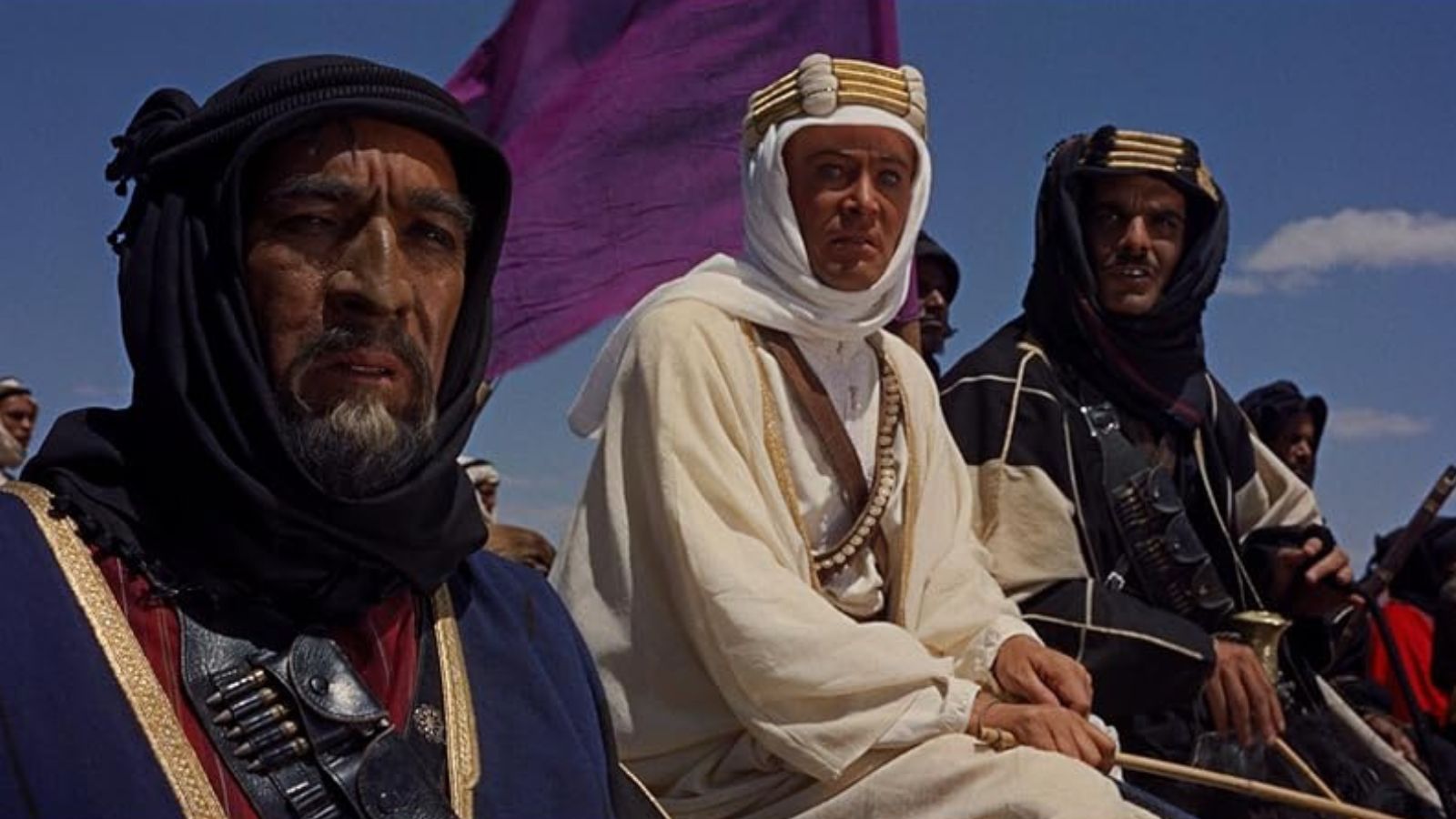
Set during the First World War, Lawrence of Arabia stars Peter O’Toole as T. E. Lawrence, a British Army lieutenant who united battling Arab tribes against the Turks. He became a legendary figure among them and was credited with winning the revolt against the Ottoman Empire.
Mississippi Burning
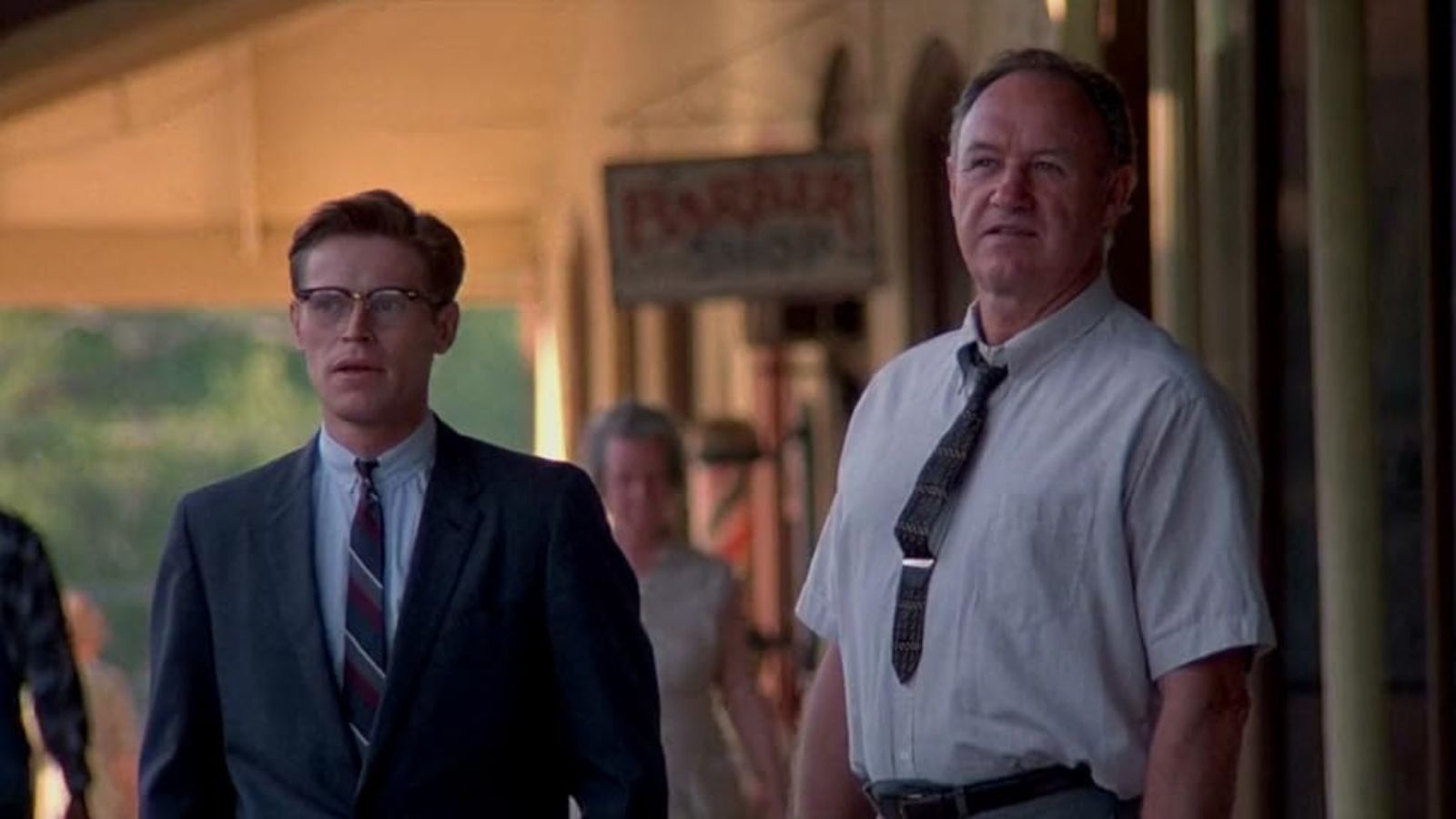
The crime thriller movie Mississippi Burning is loosely based on a real murder investigation from 1964, where three civil rights workers were killed. Although the movie portrays the Ku Klux Klan as the villain, it ignores the efforts of African Americans to fight back against racism. Instead, it makes two white FBI agents the heroes, with the Black characters, reduced to being helpless without them.
The Air Up There
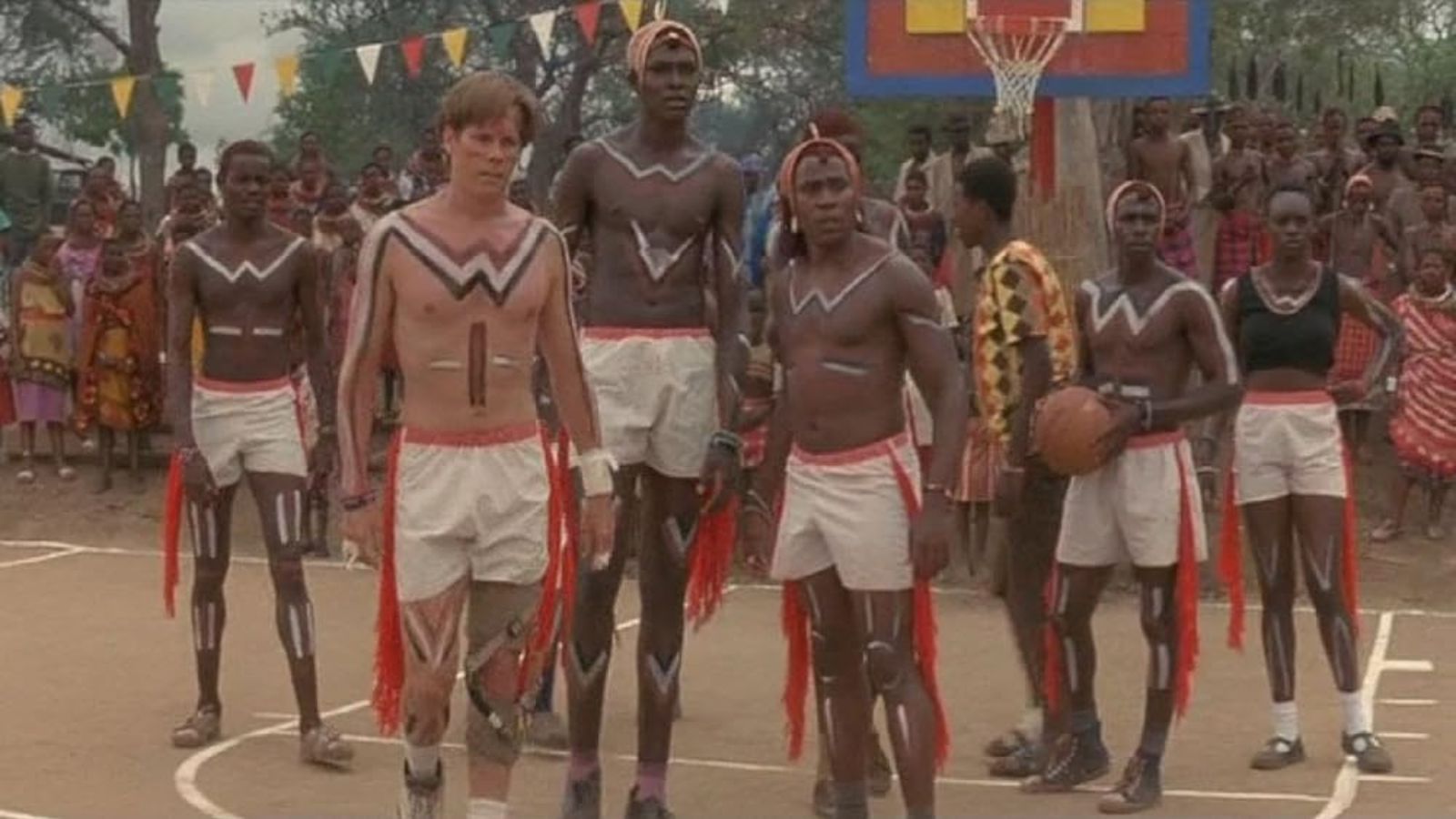
Starring Kevin Bacon as Jimmy Dolan, a white basketball coach, The Air Up There sees him scout and recruit Saleh (Charles Gitonga Maina), a player from Kenya. He plays a pivotal role in Saleh’s life, “rescuing” him from his African village.
Out of Africa

An epic romantic drama, Out of Africa stars Meryl Streep as Baroness Karen von Blixen, a wealthy white woman who moves to Africa. Once there, she falls in love with Africa and its people and inserts herself into the locals’ lives. But the movie portrays her as being someone for them to look up to, painting her as a white savior for uneducated Africans.
Green Book
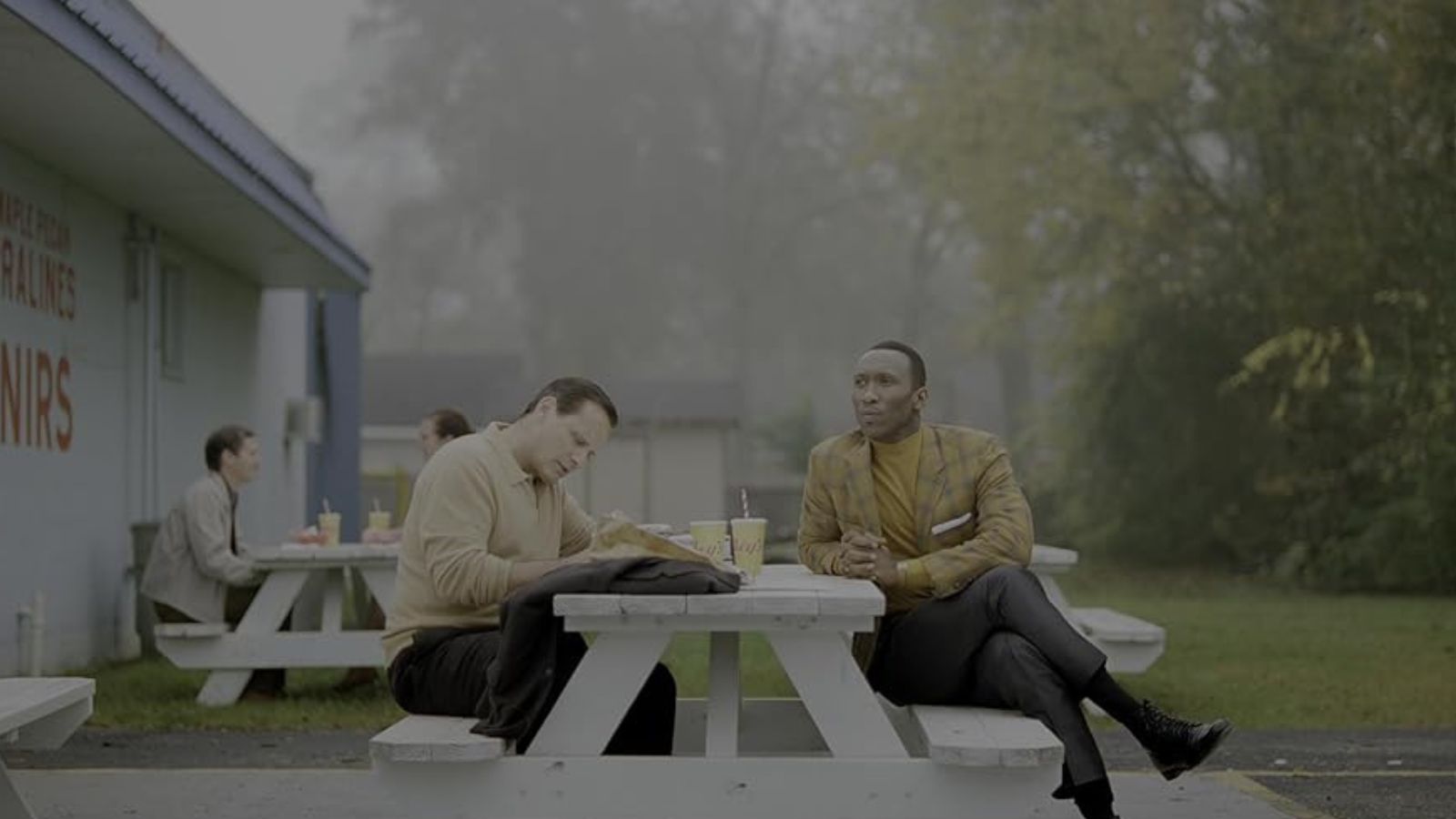
Set against a backdrop of severe racism in the 1960s American South, Green Book tells the story of a white man, Tony Lip (Viggo Mortenson), acting as a driver for an African American musician, Don Shirley (Mahershala Ali). Shocked by the racism Don faces, Tony tries to help him wherever he goes. The movie focuses more on Tony learning about himself and helping Don to connect with his family than it does on the very real racism, making this fit the white savior trope.
Beyond Borders
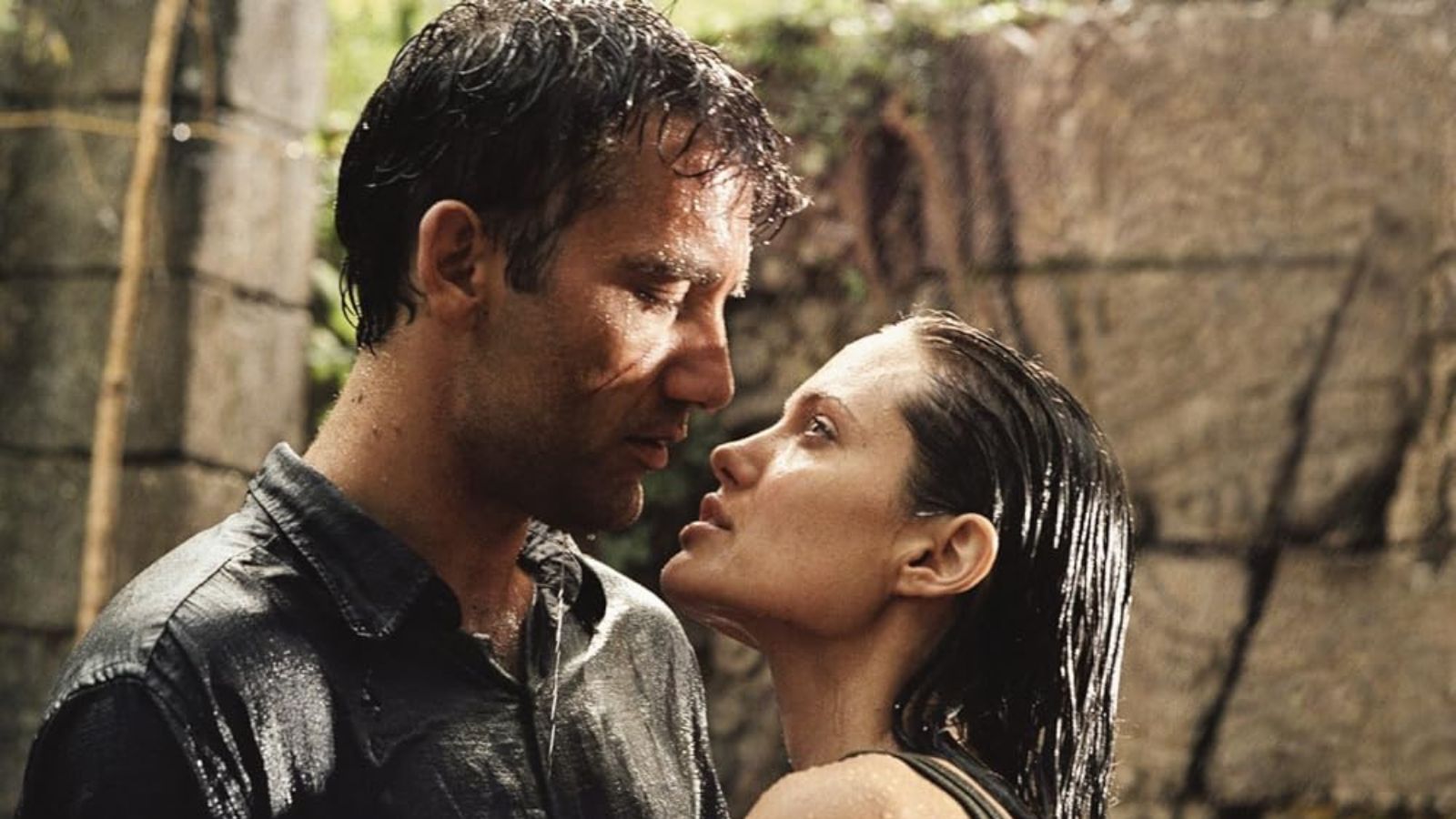
Naive American socialite Sarah Jordan (Angelina Jolie) abandons her job at an art gallery to join the humanitarian effort in Ethiopia. Once there, she immediately falls in love with Dr. Nick Callahan (Clive Owen), adding an out-of-place romance to a backdrop of suffering and the white savior narrative.
To Kill a Mockingbird

In To Kill a Mockingbird, Atticus Finch (Gregory Peck) is a lawyer who believes all people deserve fair treatment, including defending Black people in court. Although he is undoubtedly correct, the way the movie portrays this has him as a lone hero saving Black people rather than the problem being with the other white characters.
42

The sports biopic 42 focuses on Jackie Robinson (Chadwick Boseman), the first Black player in Major League Baseball. Unfortunately, this story is somewhat ruined by the movie focusing on the white Branch Rickey (Harrison Ford) just as much as Robinson.
Freedom Writers
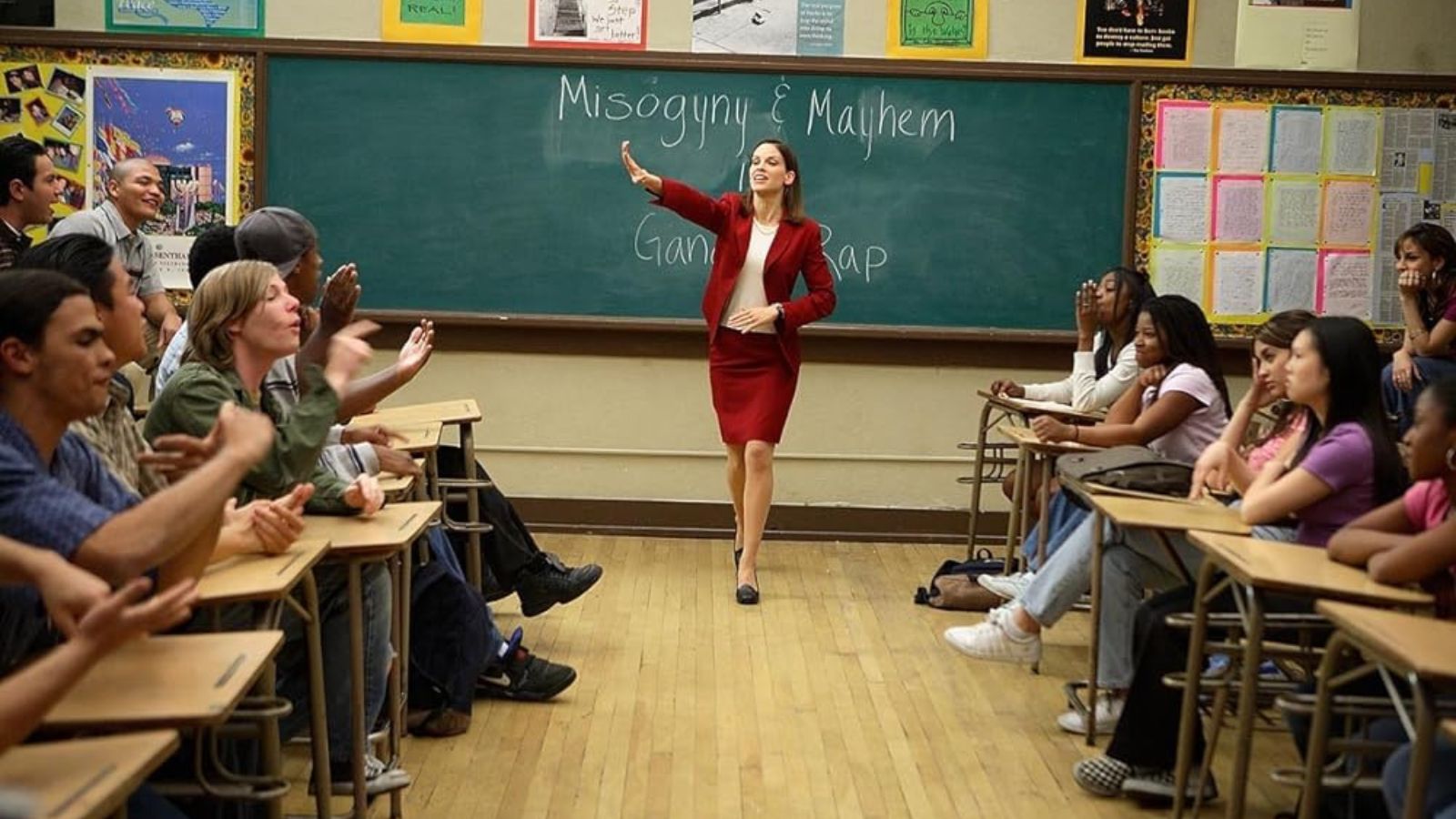
Hilary Swank stars as Erin Gruwell in Freedom Writers, a drama about a class of at-risk students she teaches. Despite initial distrust, she instills respect in them and encourages them to plan for a future beyond high school. Even though this movie marketed itself as giving a voice to ethnic minorities, it is firmly centered on the white teacher.
Cool Runnings
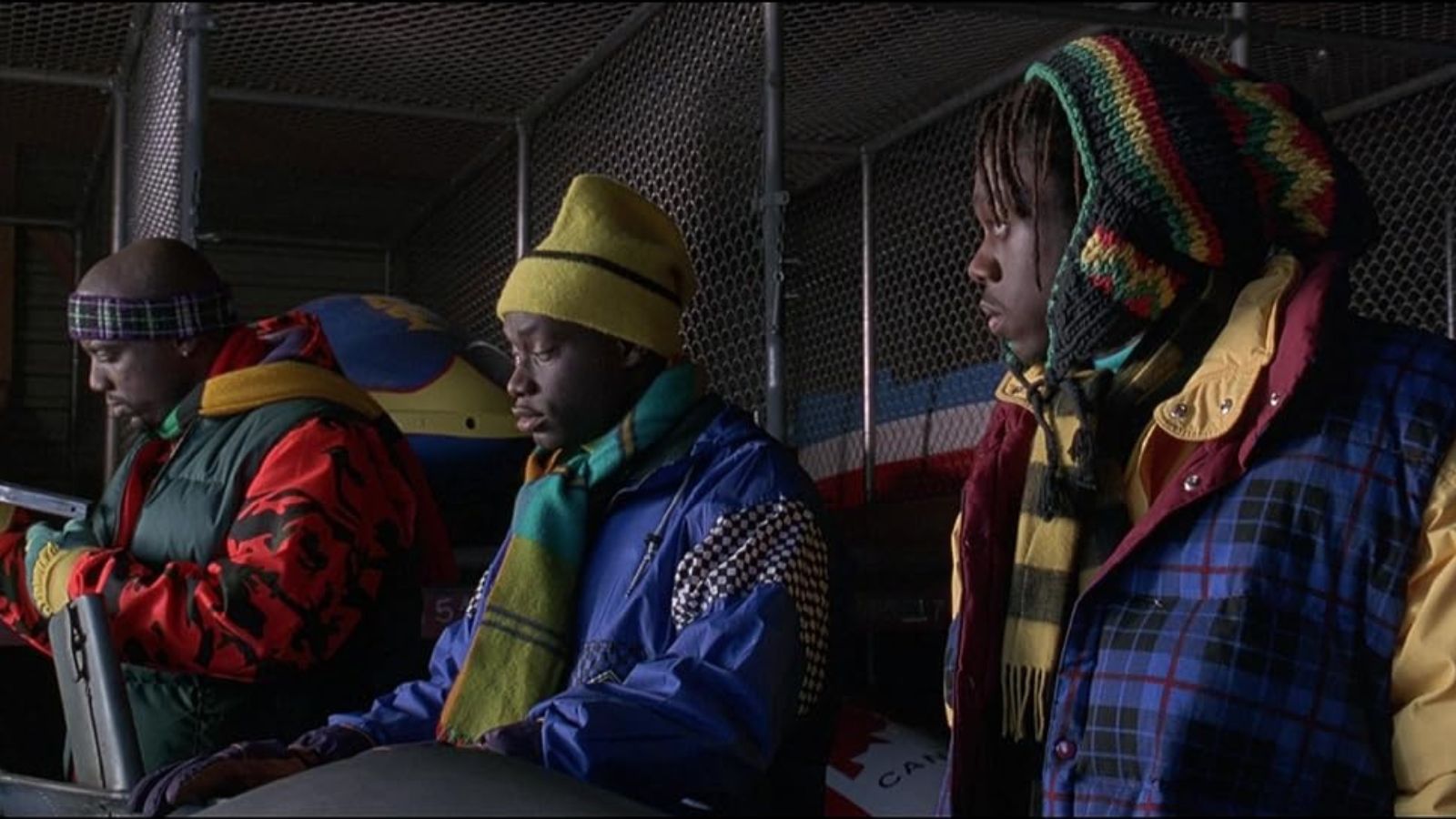
Although Cool Runnings focuses on a Black bobsleigh team, the white coach, Irving Blitzer (John Candy), brings them together and drives their success. The movie also relies on offensive stereotypes and caricatures of Black athletes.



